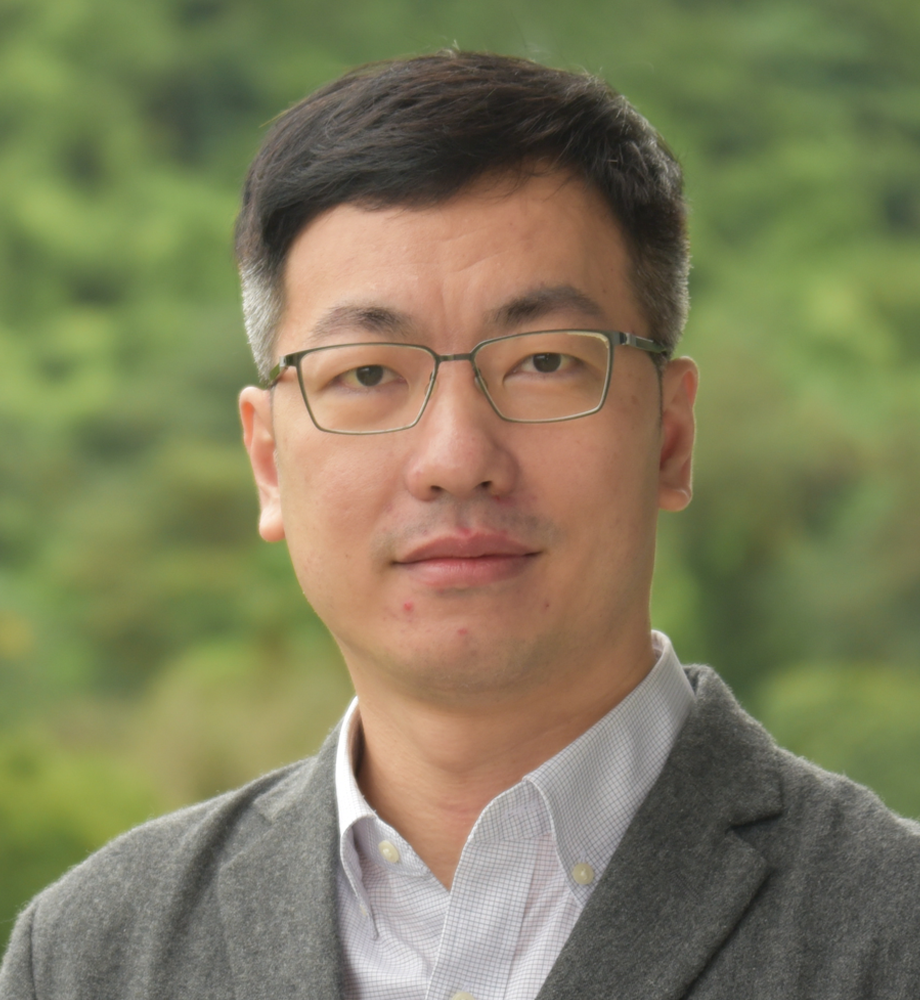

Cheung, Hing Cho張慶祖
Assistant Research Fellow
Research Interests
My research interests focus on atmospheric particulate matter and its related topics including the formation processes of ultrafine, fine and coarse aerosols, and their physical and chemical characteristics, also the cloud condensation nuclei activity in various environmental setting in East Asia.
Representative Publications
Cheung, H.C., Chou, C.C.-K., Lee, C.S.L., Kuo, W.-C., Chang, S.-C. (2020). Hygroscopic properties and cloud condensation nuclei activity of atmospheric aerosols under the influences of Asian continental outflow and new particle formation at a coastal site in eastern Asia. Atmos. Chem. Phys., 20, 5911-5922.
Cheung, H.C., Chou, C.C.-K., Chen, M.-J., Huang, W.-R., Huang, S.-H., Tsai, C.-Y., Lee, C.S.L. (2016). Seasonal variations of ultra-fine and submicron aerosols in Taipei, Taiwan: implications for particle formation processes in a subtropical urban area. Atmos. Chem. Phys., 16, 1317-1330.
Cheung, H.C., Chou, C.C.-K., Huang, W.-R., Tsai, C.-Y. (2013). Characterization of ultrafine particle number concentration and new particle formation in an urban environment of Taipei, Taiwan. Atmos. Chem. Phys., 13, 8935-8946.
Cheung, H.C., Morawska, L., Ristovski, Z.D., Wainwright, D. (2012). Influence of medium range transport of particles from nucleation burst on particle number concentration within the urban airshed. Atmos. Chem. Phys., 12, 4951-4962.
Cheung, H.C., Morawska, L., Ristovski, Z.D. (2011). Observation of new particle formation in subtropical urban environment. Atmos. Chem. Phys., 11, 3823-3833.
Cheung, H.C., Wang, T., Baumann, K., Guo, H. (2005). Influence of regional pollution outflow on the concentrations of fine particulate matter and visibility in the coastal area of southern China. Atmos. Environ., 39, 6463-6474.
Highlights
Hygroscopic properties and cloud condensation nuclei activity of atmospheric aerosols under the influences of Asian continental outflow and new particle formation at a coastal site in eastern Asia (Cheung et al., Atmos. Chem. Phys., 20, 5911–5922, 2020) This study evidenced that the climate impacts due to the anthropogenic pollutants transported with the East-Asian continental outflows could be much stronger than expected in current climate models. Furthermore, new particle formation events were found to be frequently occurred at the Cape Fuguei during summertime. This finding revealed that gas-to-particle conversion processes could have played a significant role in the budget of aerosols in the study area. Based on our observation, this study hypothesized of how newly formed particles have significantly influenced the activity of CCN, which has provided further evidence to the scientific argument of aerosol-cloud interaction.
Seasonal variations of ultra-fine and submicron aerosols in Taipei, Taiwan: implications for particle formation processes in a subtropical urban area. (Cheung et al., Atmos. Chem. Phys., 16, 1317-1330, 2016) This study presented the first dataset of season-resolved chemical composition of ultrafine particles in Taiwan. The results evidenced that the condensable organic molecules produced from photochemical reactions could have played critical roles in stabilization of the clusters of sulfuric acid and, consequently, formation of new particles in urban environment. This study provided novel data to explain the occurrence of new particle burst events in a polluted urban area, which was believed to be confined only in remote clean atmosphere. The results of this study are critical for the authorities involved in urban planning and health impact assessment, and the environmental policy makers who are tackling the severe atmospheric pollution in the East Asia region.
